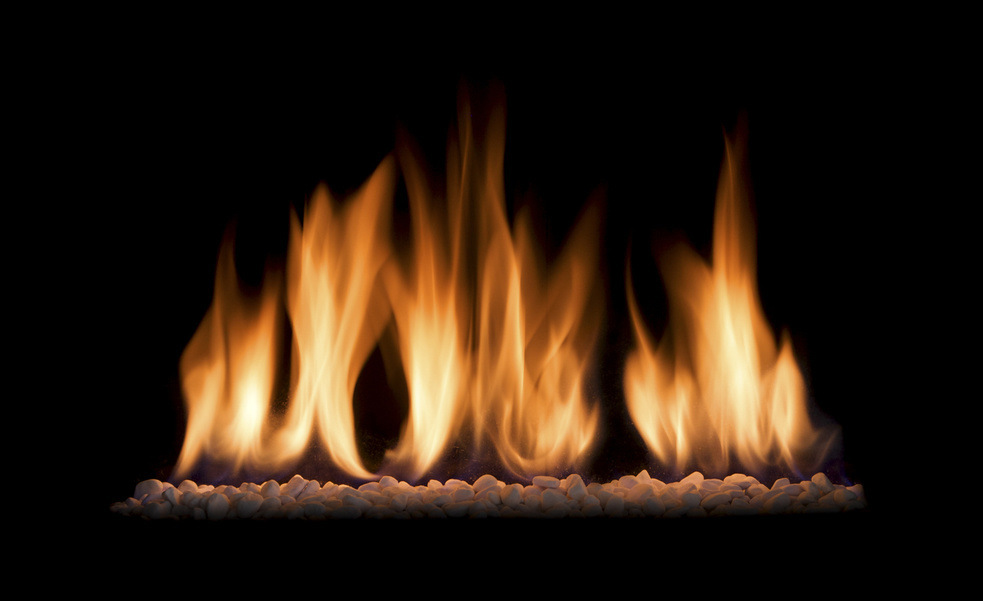In the fall, when the cold of winter is still weeks away, many American homes have no need for heating and little use for natural gas. With one of the warmest falls in recent memory (there were 20 percent more days in September when the need for air conditioning was felt), the dip in natural gas demand in 2018 was more evident than usual. Stockists didn’t rush to shore up their natural gas inventory.
Yet this is a fossil fuel whose price has been rallying to levels not seen in years.
A Number of Factors at Play
Natural gas pricing is now 12 percent over regular levels, at a seven-month high of $3.28 per million BTU. With some of the lowest inventory seen in 10 years, one would only expect to see prices that are higher than normal. The fact that a number of nuclear power plants have been out of action ever since Hurricane Florence hit has only aggravated the situation.
A number of new areas of industrial demand have opened up, in addition. Many gas-consuming projects, and power plants fired by natural gas, have come online this year. With unclean fuels such as coal being seen as undesirable, natural gas is the next most accessible fossil fuel to industry. The fact that natural gas liquids are feedstock to the plastics industry only means greater demand. The natural gas export industry is a significant reason for added demand, as well. There’s a great deal of natural gas piped to Mexico and shipped to the rest of the world.
Industry analysts, therefore, now see prices climbing to levels as high as $8 per million BTU in January. Prices haven’t been this high since 2014, the year of the North American cold wave caused by a polar vortex. U.S. households can expect their gas bills to rise by about 10% in February, the next price adjustment point for the industry.
The U.S. Is the World’s #1 Natural Gas Producer
According to Sigma Drilling Technologies, manufacturer of high-tech pulsation control equipment such as pulsation dampeners, American drillers need to be on their toes in order to be able to take advantage of such a lucrative upturn in price and demand. Drillers are only likely to be able to take production as high as it will go if their operations are well-maintained, with as little downtime for maintenance as possible. The more they invest in maintenance and upkeep, the better placed they will be to profit from the robust market for natural gas.
The rise in natural gas prices is critical to the industry at this juncture, a time when crude oil prices have cratered 30 percent from $75 a barrel two months ago to about $50 in December. From giants such as Exxon Mobil and Dutch Shell, to the smaller, independent drillers, rising revenue from natural gas makes up for the drop in earnings from crude. While oil remains the main area of focus, natural gas is increasingly a fallback that protects margins.
Prices Could Go Even Higher
As high as natural gas is expected to go now, it still remains below the pricing high of a decade earlier. Back then, shale drilling was only getting its start and the country was dependent on natural gas. Demand sent prices to levels as high as $10 per million BTUs. Today’s inflated prices are not likely to remain high. Instead, they are expected to settle to their natural $3 level in about six months. Until then, it’s time for the industry to make hay.
Are you interested in learning more about pulsation control equipment from Sigma Drilling Technologies? Request a free product demonstration by calling (281) 656-9298 or filling out our contact form today.




